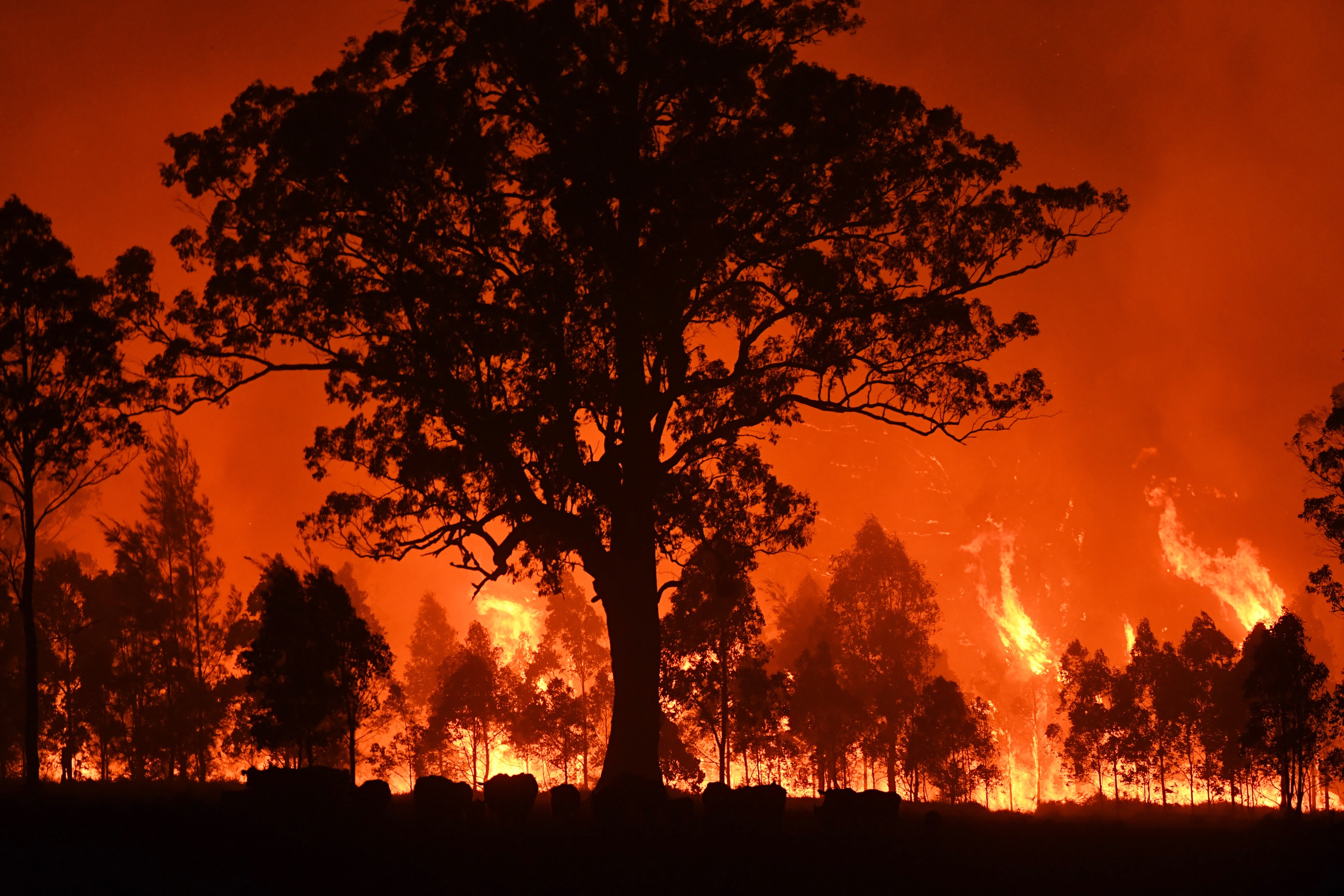Demystifying BAL Reports: A Guide to Understanding Your Property's Bushfire Threat
Wiki Article
Exactly How BAL Record Impacts Shrub Fire Security Actions
In the realm of bush fire protection, the Building Assault Degree (BAL) record stands as a vital tool that substantially affects the safety and security and strength of residential or commercial properties in fire-prone areas - BAL Report. The impact of a BAL assessment expands much beyond plain documentation; it functions as the cornerstone for identifying the ideal construction requirements and fire protection procedures needed to mitigate the risks posed by bushfires. As neighborhoods come to grips with increasingly extreme fire seasons, understanding exactly how the BAL record shapes these safety procedures becomes paramount for contractors, homeowners, and policymakers alikeUnderstanding the Bushfire Assault Degree
/cdn.vox-cdn.com/uploads/chorus_image/image/66063681/GettyImages_1197451354.0.jpg)
Relevance of BAL Record Analysis
Moreover, the BAL record evaluation acts as a foundational step in abiding by lawful responsibilities and requirements connected to bushfire defense. Regional councils and authorities typically mandate the entry of a BAL report as part of the planning and structure authorization process to make certain that homes are properly secured against bushfire dangers. Stopping working to conduct a detailed BAL record evaluation can result in poor defense actions, leaving buildings at risk to devastating bushfire incidents.
Building And Construction Requirements Based on BAL
An extensive understanding of the Bushfire Assault Level (BAL) allows homeowner to implement building and construction requirements customized to their particular risk account. Building and construction requirements based on BAL are important in reducing the impact of bushfires on buildings. The BAL ranking categorizes the prospective threat a property discover this info here encounters throughout a bushfire on a scale from BAL-Low to BAL-FZ (Flame Area) Each BAL level corresponds to details building demands detailed in the Australian Standard AS3959-2018 Building And Construction of Structures in Bushfire-Prone Locations. Properties categorized as BAL-Low might only need basic actions such as removing particles and maintaining gardens, while those in higher BAL classifications require more durable procedures like cinder displays, fire-resistant materials, and sealed home windows. Complying with these building requirements not just improves the architectural durability of the residential property yet also enhances the total straight from the source safety and security of residents throughout a bushfire event. Residential or commercial property proprietors should meticulously consider their BAL ranking and conform with the matching building and construction criteria to properly protect their owners and homes.Implementing Fire Protection Actions
With the foundation of construction standards based upon Bushfire Attack Degree (BAL) in position, the emphasis currently changes towards the useful execution of fire security actions to strengthen buildings against bushfire dangers. Implementing fire defense measures includes a mix of passive and energetic techniques to enhance the strength of buildings in bushfire-prone locations. Passive procedures consist of utilizing fireproof structure materials, installing ash guards on vents, sealing spaces in walls and roofing systems, and keeping a clear room around the residential property devoid of combustible plants. Energetic procedures include having firefighting tools easily offered, such as hose pipes and water pumps, as well as creating a defendable space around the property by getting rid of plant life and having a properly maintained yard. In addition, developing a discharge plan and making sure all homeowners recognize emergency procedures are critical elements of efficient fire defense steps. By integrating both passive and active approaches, properties can significantly minimize their vulnerability to bushfire incidents and boost the safety of occupants.Safeguarding Homes Versus Bushfires
Effectively safeguarding homes against the devastating effects of bushfires needs a aggressive and detailed approach to fire defense measures. Additionally, sealing voids and vents to prevent coal invasion, as well as integrating fireproof doors and home windows, can assist fortify the home's protection versus bushfires. By embracing a proactive position and incorporating these safety actions, home owners can significantly raise their possibilities of safeguarding their homes versus bushfires.Final Thought
Finally, the Bushfire Strike Level (BAL) record plays an essential duty in determining the needed protection actions versus bushfires. By evaluating the BAL, building and construction criteria can be tailored to mitigate the threats and make certain the security of homes in fire-prone locations. Carrying out fire protection steps based on the BAL report is important in protecting properties from prospective bushfire hazards. It is vital for home owners to focus on BAL analyses and follow advised building criteria to improve bushfire strength.In assessing bushfire find more threat to residential or commercial properties, comprehending the Bushfire Assault Degree (BAL) is a vital part for applying efficient protection measures. Generally, a clear understanding of the Bushfire Attack Degree is crucial for implementing sufficient protection actions and minimizing the effect of bushfires on homes.

Report this wiki page